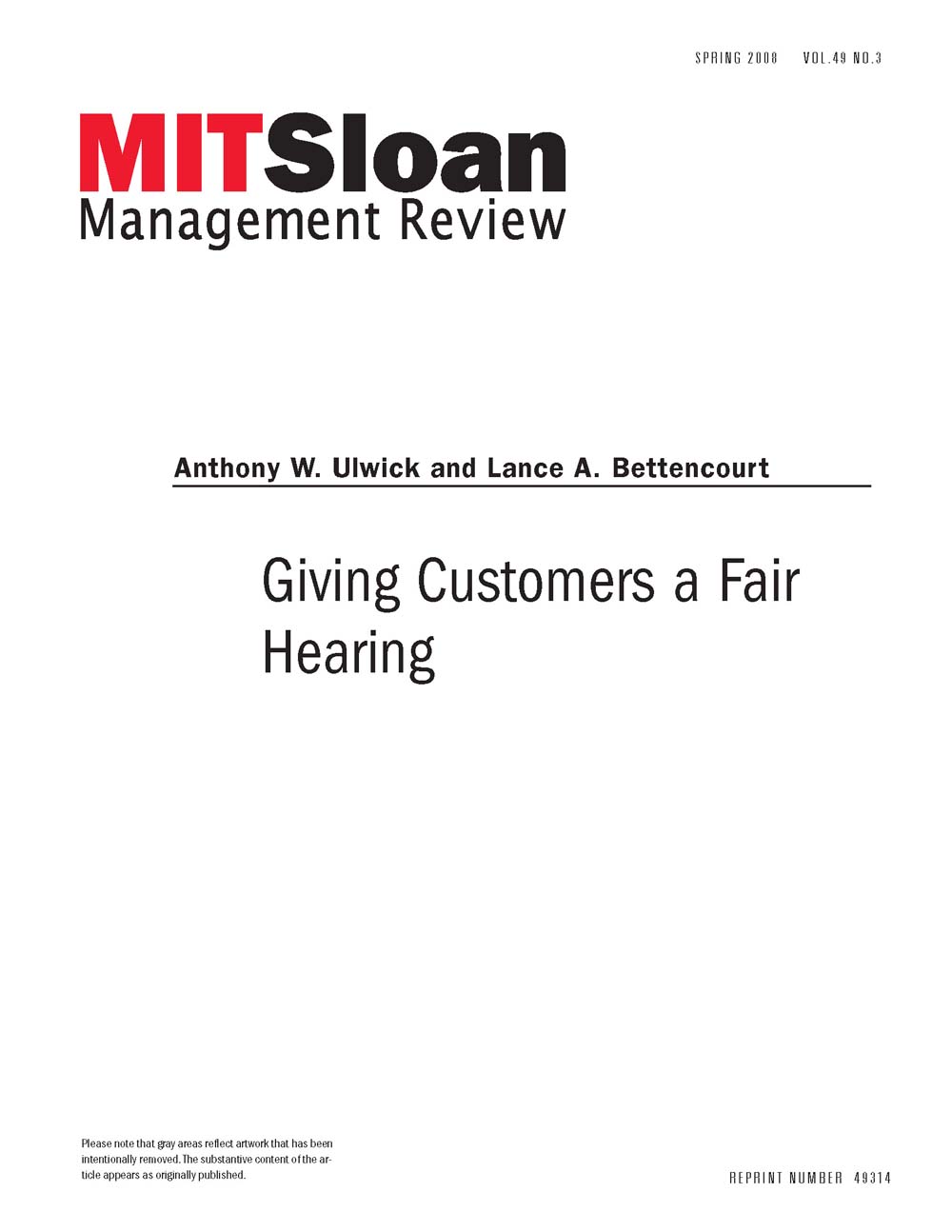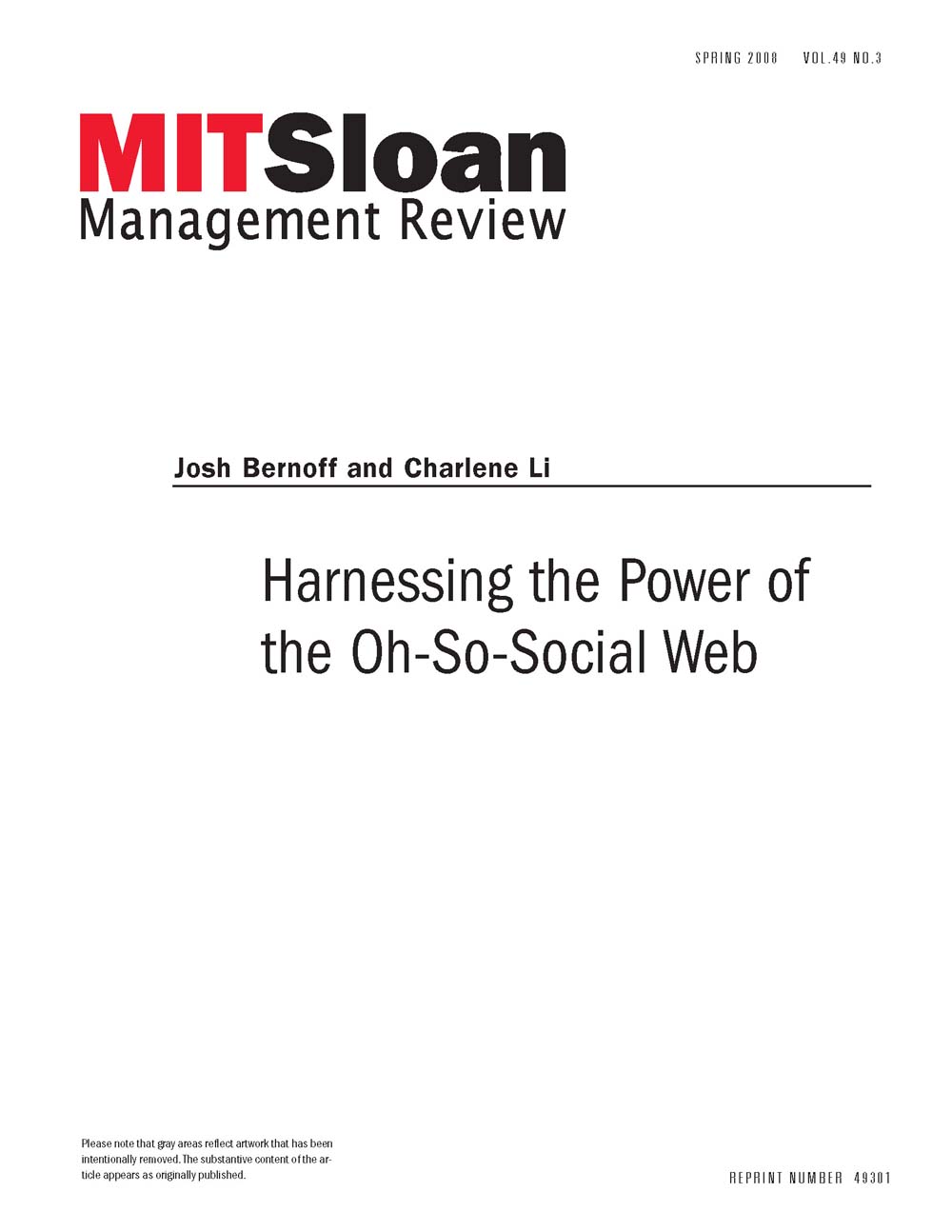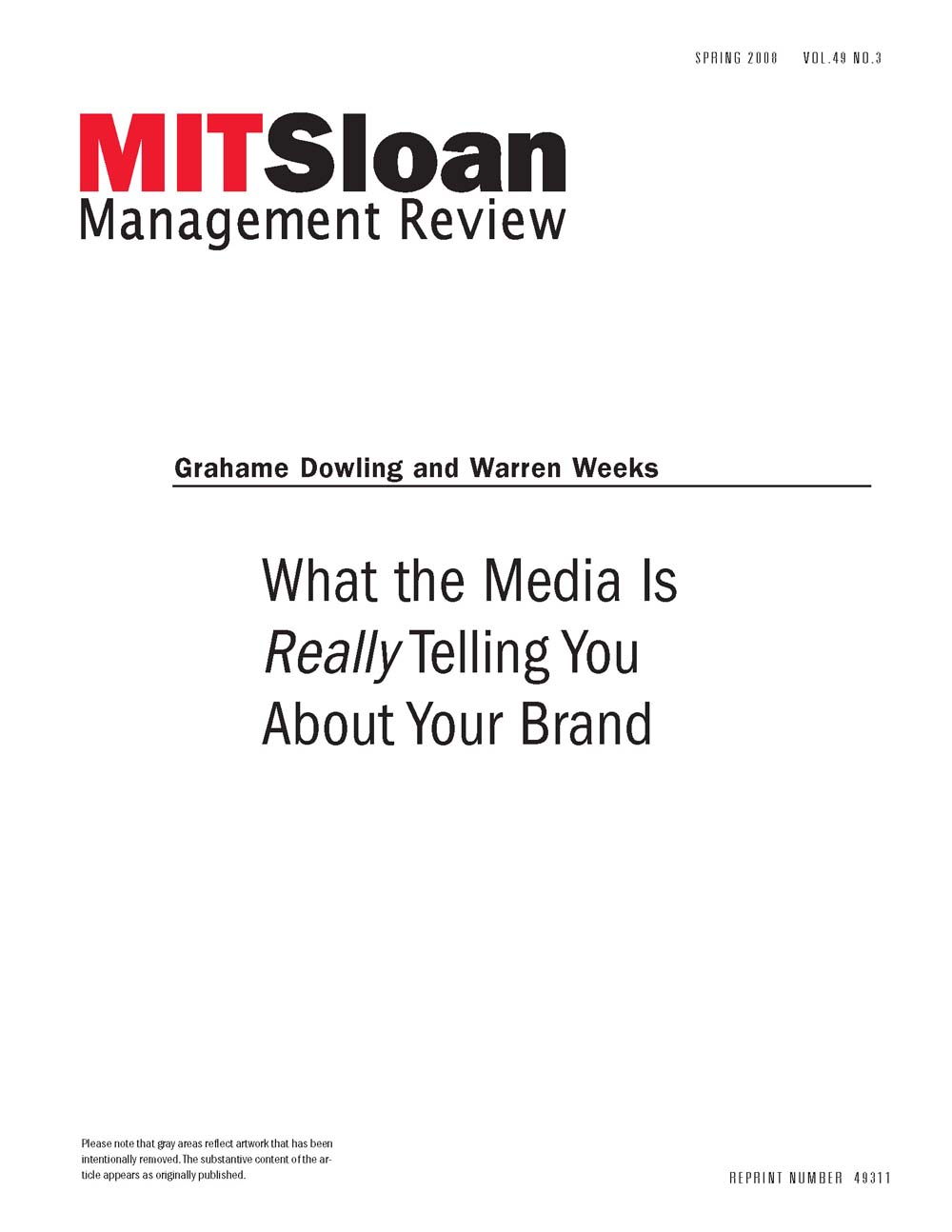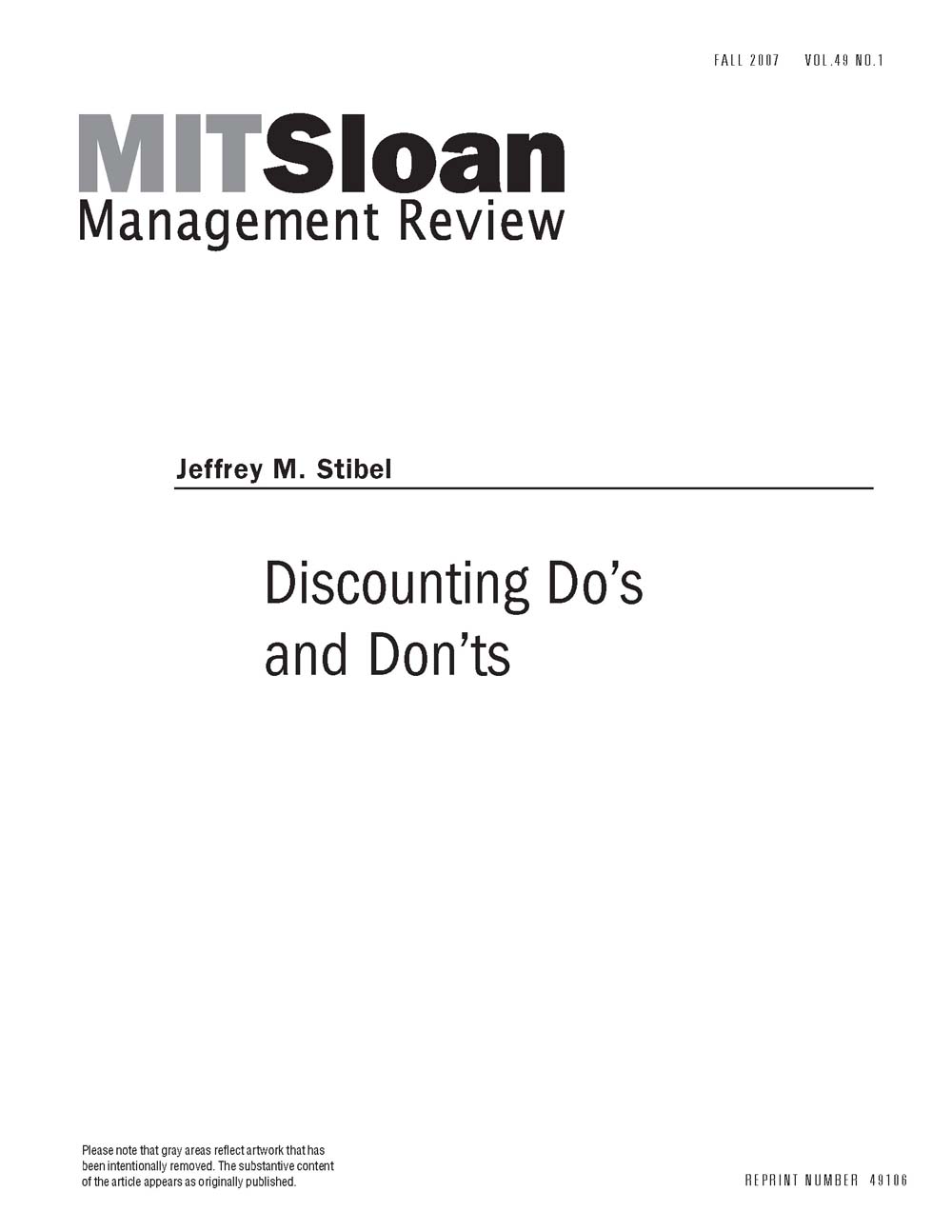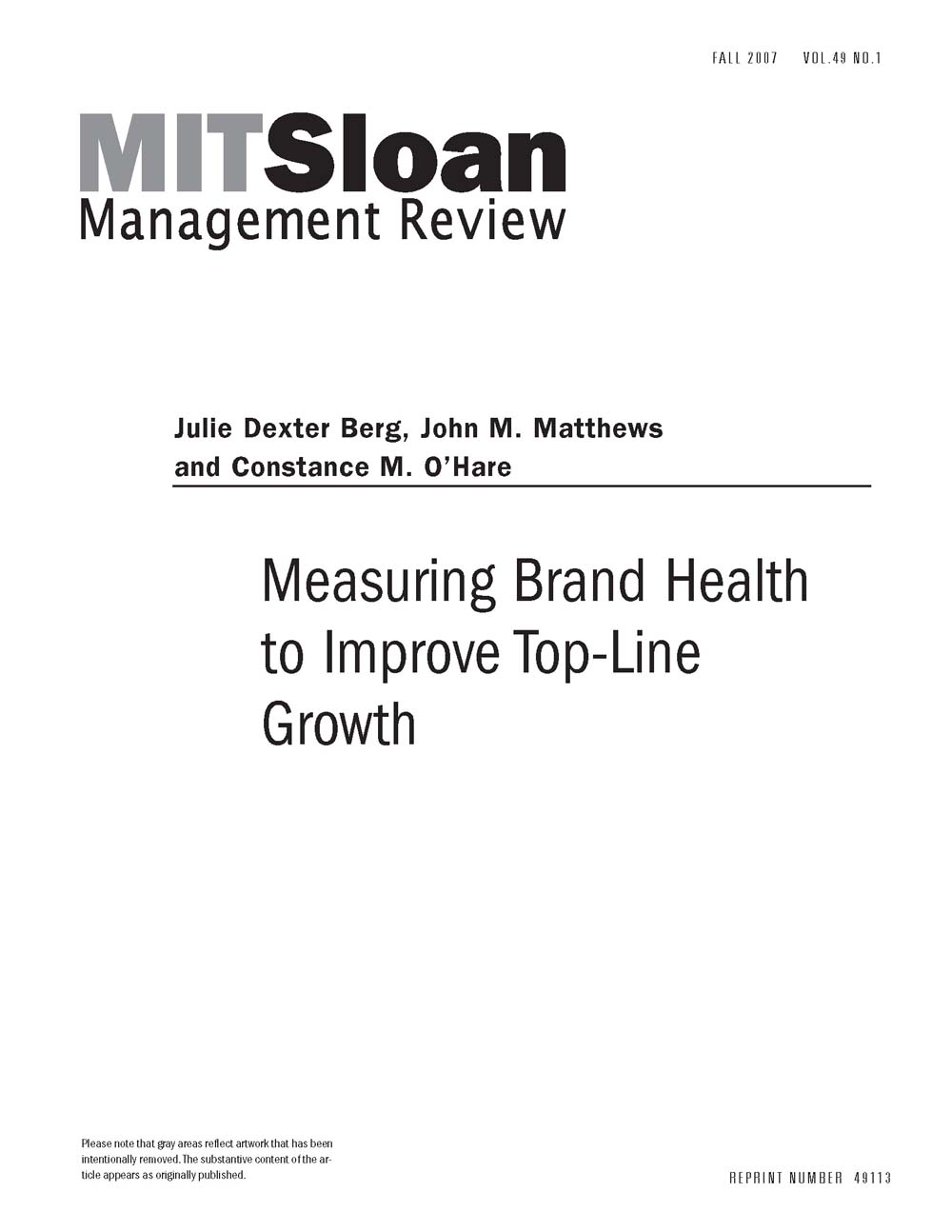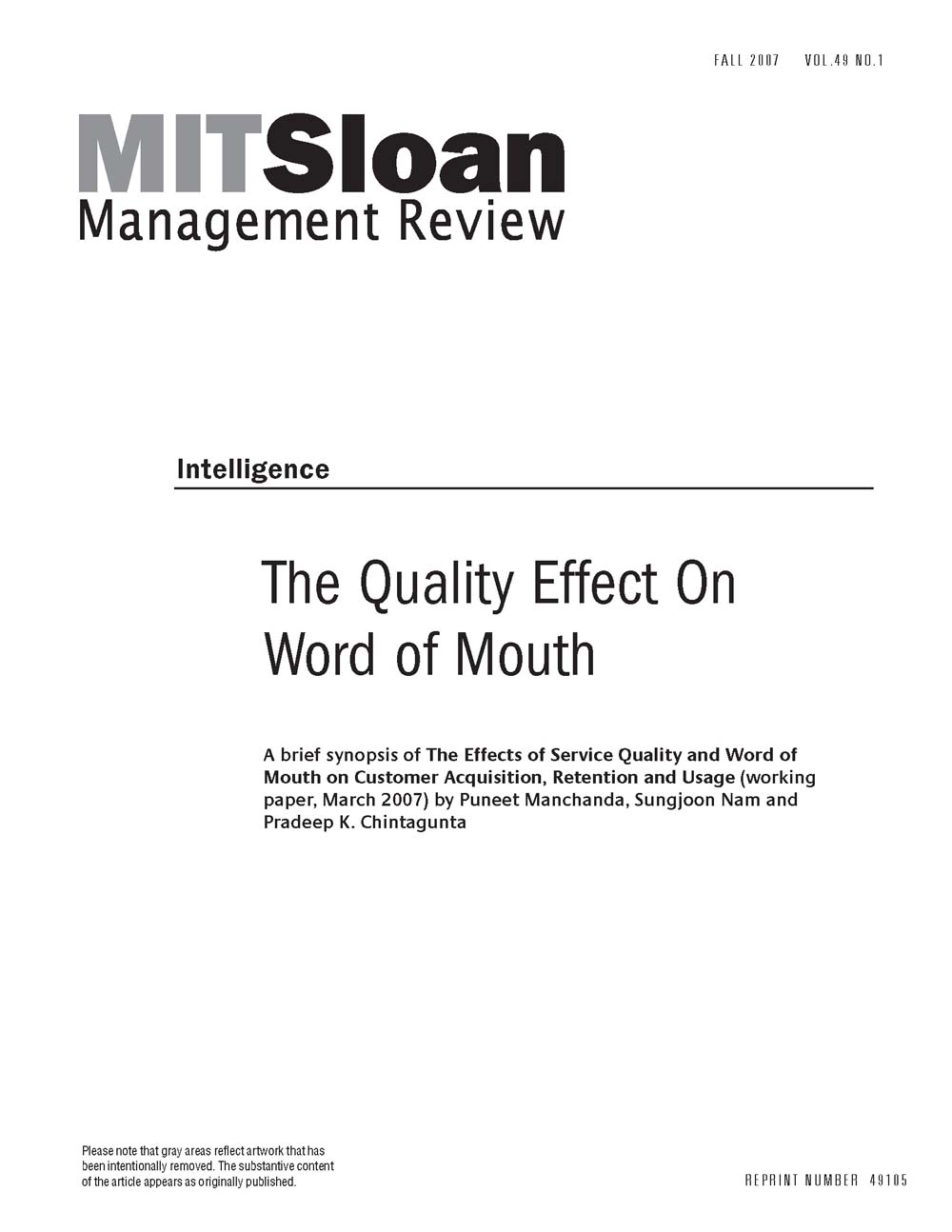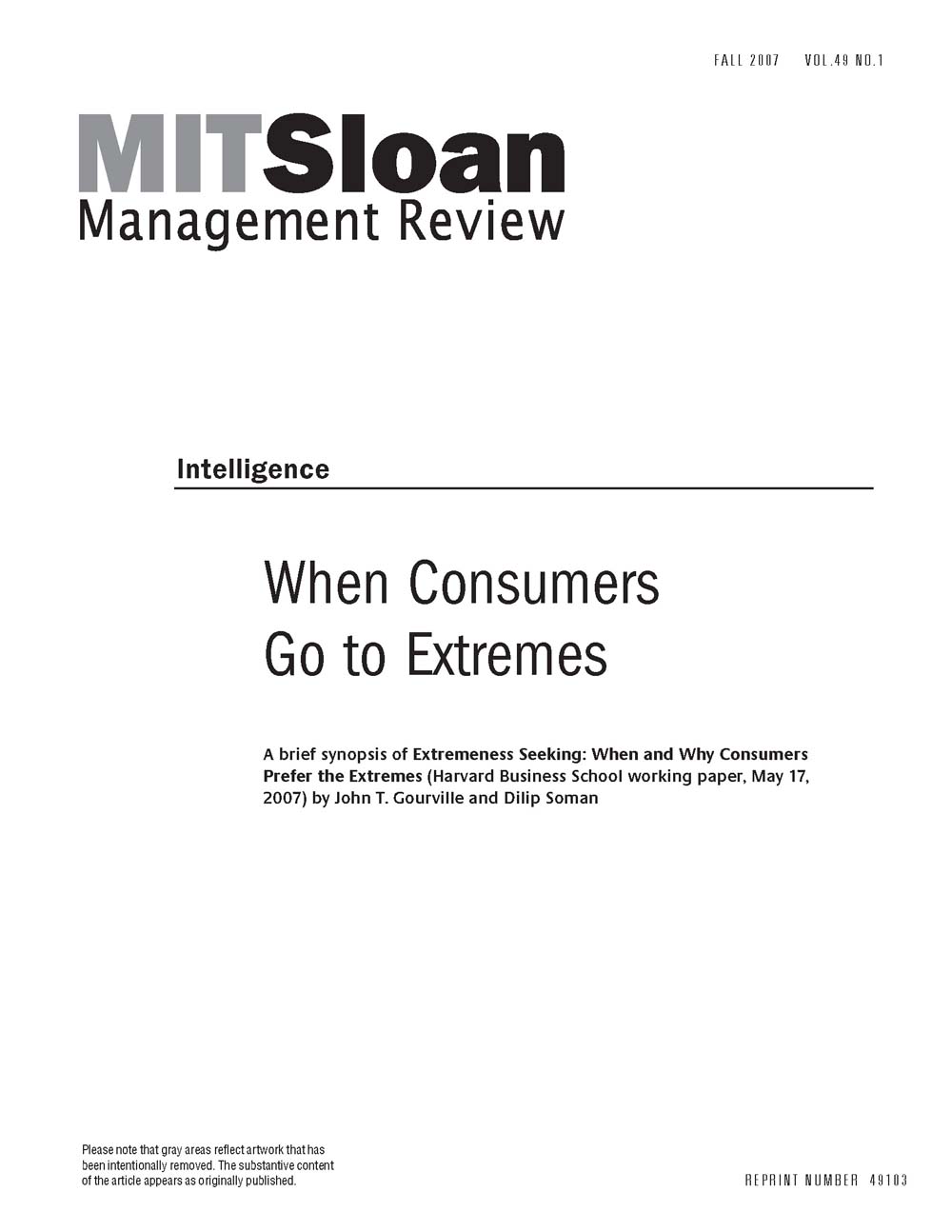Seven strategies that can make marketing both relevant and rigorous in today's world.
Marketing
Page 15 of 23
-
How to Market to Generation M(obile)
For many teenagers and young adults, cell phones, personal digital assistants and other handheld devices have become a necessity of everyday life. That fact has not escaped the attention of companies that have had great difficulty reaching young consumers through traditional marketing approaches. In theory, the mobile platform provides the perfect mechanism for reaching young consumers. A large retailer might, for example, send a group of teenagers who are at a shopping mall various electronic coupons on their phones to promote special discounts. Many global corporations, including Burger King, MTV, Procter & Gamble and Ford, have initiated programs that enable consumers to search for the nearest restaurant location using their cell phones, receive electronic coupons or participate in other mobile marketing activities. Such campaigns have generated click-through rates up to 10 times those of traditional Internet banner ads, and recent forecasts for global mobile marketing spending range from $9 billion to $19 billion by 2011. That said, several brands, including Budweiser, ESPN, Sprite and adidas, have launched mobile marketing efforts only to see some successes amidst an equal number of disappointments. To investigate what truly influences whether young consumers will participate in mobile marketing activities, the authors recently conducted a survey in the United States and Pakistan. The study looked at the relative importance of a number of factors, including consumers' personal attachment to their cell phones, their concerns for privacy and their willingness to "opt in" and accept permission-based marketing. An analysis of the results uncovered important insights in consumer behavior. For instance, people who are personally attached to their cell phones are neither more nor less inclined to participate in mobile marketing activities. And the data also revealed differences between markets: In general, young Pakistanis are more amenable to receiving -- and even may desire -- mobile marketing communications, whereas their American counterparts' willingness depends on a greater number of factors. Such results hold a number of important implications for companies developing mobile advertising campaigns across global markets.
-
International Perspectives on Counterfeit Trade
Executives’ perceptions of the motives of pirates and purchasers vary by country.
-
Giving Customers a Fair Hearing
Eager to grow through innovation, companies are looking to customers to guide them toward unmet needs. But these entities often end up with vague, unusable -- or even misleading -- customer input. Why? The authors studied 10,000 customer need statements from many industries and discovered that companies have not even established a definition of what a customer need is or how user input should be standardized in terms of structure and format. Too often, companies ask customers to react to potential solutions, rather than zeroing in on their expertise: the "job" they need to accomplish with the product or service, and at which steps that experience could use improvement. By deconstructing the job, companies can identify opportunities that are universal and long-standing. In addition, the authors say, companies can collect data that fits their innovation strategy. What the authors propose is a disciplined process for gathering customer requirements that will then be addressed by innovative ideas. They outline the six characteristics that a useful customer statement must possess, including measuring value strictly from a user's perspective -- and not from the factors the company believes should form the basis for the customer's evaluation. The most helpful statements also prompt a clear course of action, specifying what dimensions of the "job" need improvement, such as its sluggish pace or inconsistent quality. The authors set forth six rules for eliciting feedback that will yield the right raw data to craft customer statements that resonate across company functions, so that departments can unite around a single growth strategy. Finally, they define the two broad categories of customer requirements -- job statements and desired-outcome statements -- and link which type works best for different innovation strategies. For CEOs, the authors' message is forthright: Successful innovation is about process, not just the result of brainstorming good ideas.
-
Harnessing the Power of the Oh-So-Social Web
Thanks to a variety of online social applications -- including blogs, social networking sites like MySpace, user-generated content sites like YouTube and countless communities across the Web -- people are increasingly connecting with and drawing power from one other. In fact, customers are now beginning to define their own perspective on companies and brands, a view that's often at odds with the image a business wants to project. But organizations need not be on the defensive. Indeed, some savvy executives have already been turning this groundswell of customer power to their advantage. To investigate how, the authors interviewed managers and employees at more than 100 companies that were rolling out social applications. From this research, they developed a strategic framework that businesses can use to implement social applications in a number of departments, including research and development, marketing, sales, customer support and operations. The potential benefits are numerous: Social applications can generate research insights, extend the reach of marketing, energize sales efforts, cut support costs and stoke the innovation process. (And for companies that tap into employee groundswells, the result can be increased opportunities for collaboration across departments and geographical locations, as well as greater productivity and decreased inefficiencies.) But the greatest benefit might be cultural, because social applications help weave two-way customer communications into the fabric of an organization. But anything that changes culture tends to face resistance, and this is especially true of social applications, because they require managers to embrace an unknown communications channel, one that responds poorly to attempts to control it. Based on an analysis of companies that succeeded or failed in deploying social applications, the authors have derived a number of key managerial recommendations for any organization attempting to harness the power of the groundswell.
-
What the Media Is Really Telling You About Your Brand
Media coverage is a key factor in creating a company's reputation, which has been shown to influence both operational and financial performance. Scorecard rankings are a popular form of determining corporate reputations vis-_-vis competitors, yet many executives justifiably consider opinion-poll-style scorecards to be little more than beauty contests. This article discusses two techniques for assessing media coverage in a way that can inform management action: profiling media communication about a company's actions and its products and services, and then examining the various facets of an organization's media reputation profile. Media profiling is an analysis of the specific words and phrases that people and journalists use to describe and evaluate a company. The authors illustrate the use of media profiling results in three exhibits that visually reflect important aspects of corporate reputation at a glance: "media salience," which shows the prominence of a company's media image, and "media tone" and "coverage breakout," which outline different aspects of company reputation. Using the example of Apple Inc., the authors show how media profiling immediately creates a discussion that informs management action. It does so by unpacking "message macrothemes," such as profitability or service, into microthemes that a journalist uses to discuss them. Focusing on microthemes quickly moves the discussion to an expansive language about corporate reputation. Executives and public relations managers can then prioritize their responses to various reputation scenarios. First, they should try to protect and enhance the company's good message themes, then address negative message themes head-on. For mixed message themes, managers should seek to understand both sides of the story.
-
Discounting Do's and Don'ts
Recent evidence shows that some discounts and sales can be detrimental.
-
Measuring Brand Health to Improve Top-Line Growth
To measure brand health -- and, contrary to conventional wisdom, the authors contend, it can be measured -- is to obtain a 360-degree view of a brand in its marketplace, a wide-angle view of consumers and competitors. What is required, they say, is isolating underlying elements that matter, measuring them and linking them to business performance. Based upon quantitative survey data collected in 2007 from consumers in large sectors of the U.S. economy -- food and grocery, wireless services and banking -- drawn from major geographic markets nationwide, the authors offer a statistically reliable set of brand-health elements for companies to measure and to use as leading indicators of sales risk and potential: brand leadership, attractiveness, distinctiveness, satisfaction and liabilities. They then map those elements to four revenue-related expressions of customer commitment: current customer spending, risk of sales loss, revenue momentum and likelihood of referrals. The resulting framework allows marketers and investors to "connect the dots" between key elements of brand health and business performance and to reconcile previously separate notions: brand and operations, the short term and the long term, investment and return. In the research, the number of companies consumers named as having strong brands was surprisingly small. Fifteen companies accounted for fully 50% of the mentions and only three companies -- Apple, Coca-Cola and Microsoft -- accounted for 25% of mentions. The authors conclude with a set of best practices that are implied by the brand-health framework and also characterize companies that are perceived as having the strongest brands.
-
The Quality Effect on Word of Mouth
Consumer dissatisfaction can be far more potent than satisfaction.
-
When Consumers Go to Extremes
Consumer preference is determined by how their options are presented.






